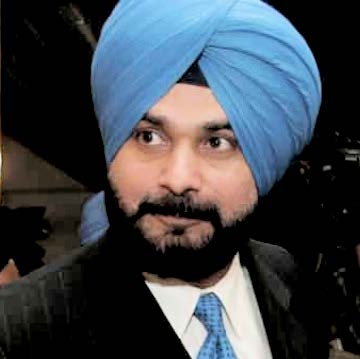
NEW DELHI (TIP): After dominating headlines as anticorruption mavericks India Against Corruption (IAC) members Arvind Kejriwal and Prashant Bhushan found themselves at the receiving end of high-voltage attack from a fellow anti-corruption activist. Y P Singh, a former Mumbai cop and an active member of the Mumbai chapter of IAC, accused the Bhushan-Kejriwal duo of letting off BJP leader Nitin Gadkari with a “dud” while suppressing far more incriminating evidence on NCP chief Sharad Pawar. Singh alleged that the acts of “omission and commission” were deliberate and meant to facilitate Kejriwal’s aspirations for the upcoming Delhi elections. The former cop said that Kejriwal and Bhushan decided to play up the charges against Gadkari even when those were “legally weak” because they were anxious to put the BJP on the same footing as Congress clearly with an eye to contest Delhi elections.
The activists rejected the charge saying, “We raised pending allegations of corruption against Sharad Pawar in May, 2012. Pawar was one of the 15 ministers against whom IAC presented documents. The issue was also raised in July when Kejriwal, Manish Sisodia and Gopal Rai sat on an indefinite fast demanding an independent SIT probe.” Singh’s attack, however, fed into the confusion that gripped national Capital’s political circles, even activists, when Kejriwal and Bhushan concentrated their fire on Gadkari. Until 5pm on October 17, the national Capital was agog with the estimate that IAC was going to unleash “explosive” material on both Gadkari and a senior NCP leader. Sources in the IAC had also confirmed that the disclosures would be targeted at more than one politician.
The switch of tactic has been interpreted in the light of IAC’s need to project neutrality in light of the torrent of Congress’s taunts that they were the B-team of the BJP. IAC has targeted Gujarat chief minister Narendra Modi and has been keeping a safe distance from Baba Ramdev in order to dodge the latter’s pro-Hindutva sensitivities. It has also made a demonstrative attempt to shake off the charge of being a RSS front by replacing the picture of Bharat Mata with that of Mahatma Gandhi as the backdrop of its dais, while Bhushan’s stance on J&K are hugely at odds with those of the BJP.
But Congress has kept at the “B-team” allegation, disregarding in the process the involvement of activists like Medha Patkar and Santosh Hegde, who have a history of annoying the BJP. While IAC’s termed as insinuation that they were soft on Pawar, Singh’s attack showcased that they could be equally vulnerable to the weapons that they have used to target the establishment. The evaporation of government’s monopoly over information, social media and new modes of communication as well as new devices like the Right to Information may have facilitated many activists who feel empowered by the success of Kejriwal and Bhushan to gatecrash the elite club of politicians. With the reverence for authority gone, Singh has shown that the stature of Kejriwal and Bhushan may not deter their comrades from setting standards which they would like the “movement” to conform to. Failure to live up to those will attract charges of betrayal. Having cracked the code of silence, Bhushan and Kejriwal can expect to be judged by a higher standard; perhaps even tougher than they have prescribed for others.




Be the first to comment